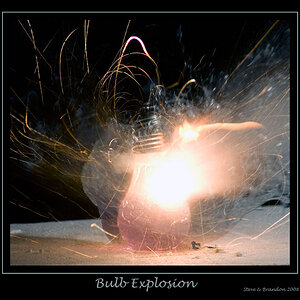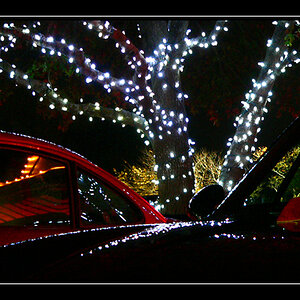Markw
No longer a newbie, moving up!
- Joined
- Jul 25, 2008
- Messages
- 4,057
- Reaction score
- 230
- Location
- Baltimore
- Website
- www.outsidetherainbow.com
- Can others edit my Photos
- Photos NOT OK to edit
I googled it 1000x and I always come up with the same things. What does mm mean in lenses? I know what it means, but I guess what Im asking is what can a 400mm lens do over a 50mm lens? Is it a matter of zoom (I doubt it)? How does this impact the size of the lens? I know this sounds extremely newb-ish, but This is the ONE thing that I just cant wrap my head around. Every time I research it, I get elaborate terms and unbelieveably complicated diagrams about DOV and focal range that are just too complicated for me. So, simply put, what can a 400mm lens do that a 50mm lens couldnt do, what situations could it handle that a 50mm couldnt? Things like that is what I want answered. Thanks a bundle.
Mark
Mark


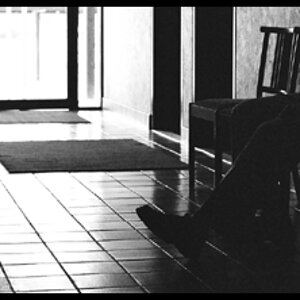
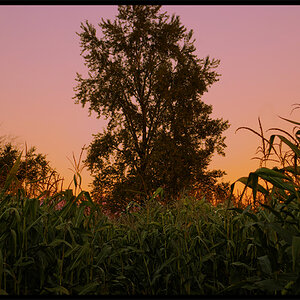
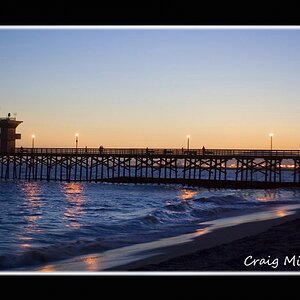
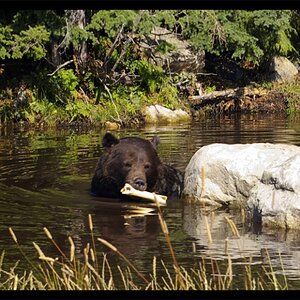
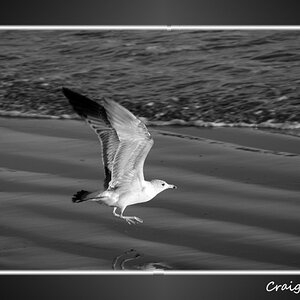
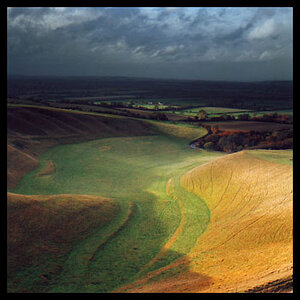
![[No title]](/data/xfmg/thumbnail/37/37540-73002ccb910b97978bc38658622a34d3.jpg?1619738133)


